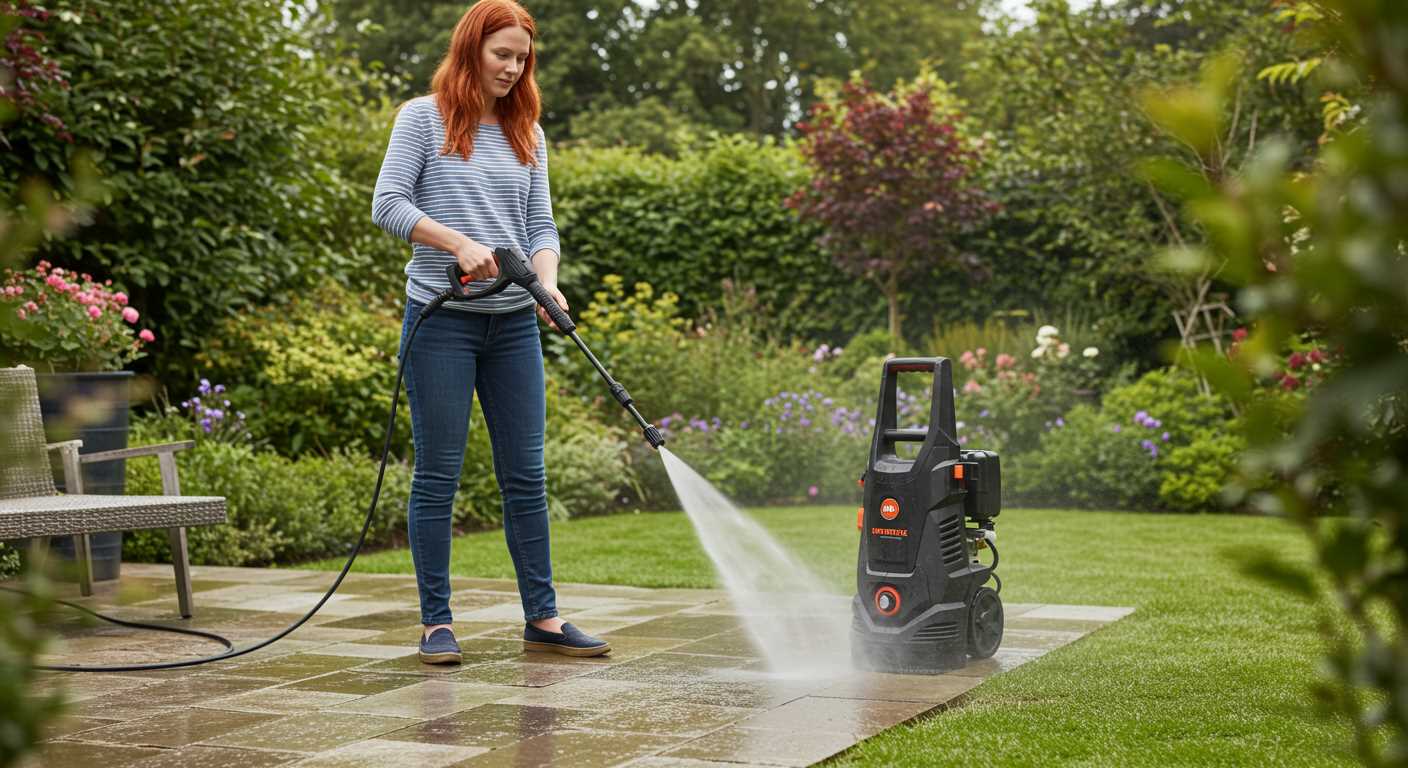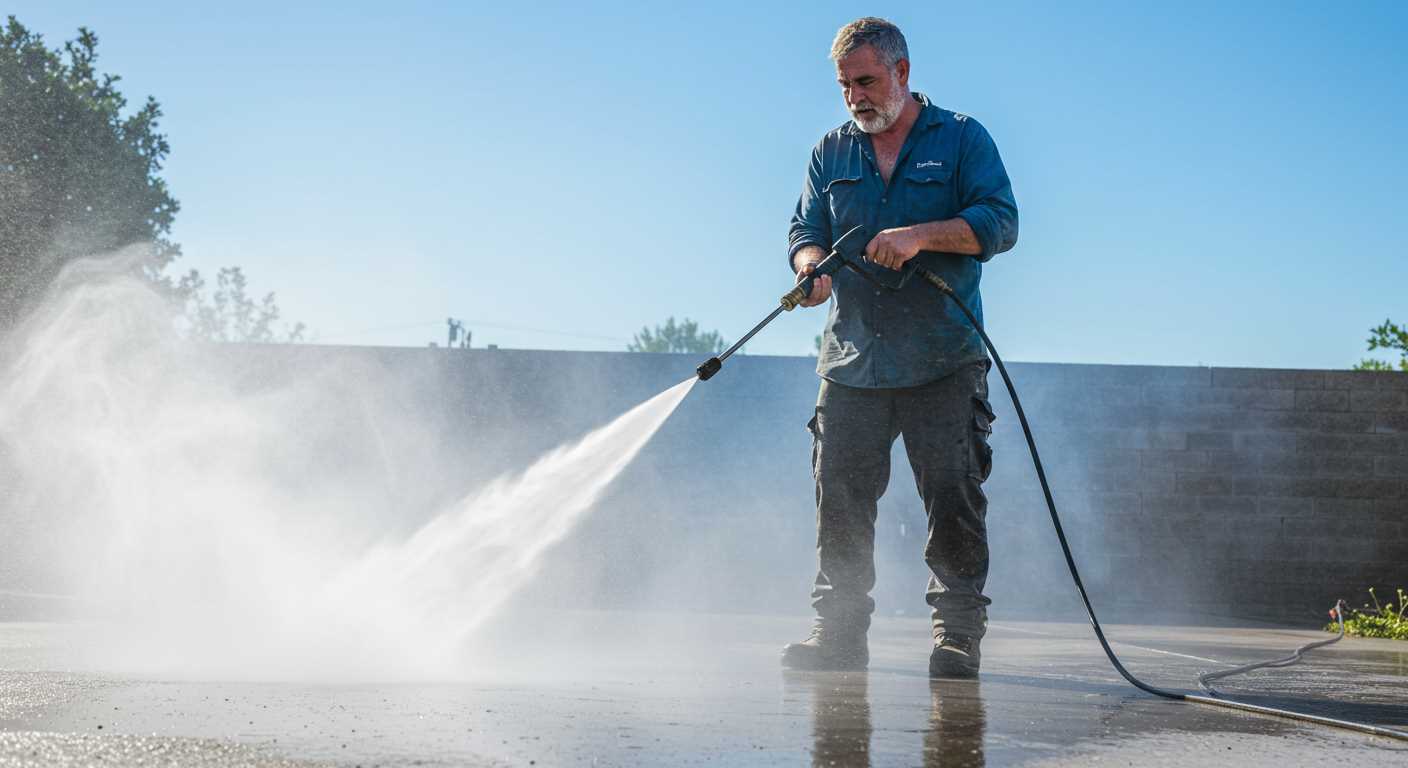




To accurately assess the functionality of your cleaning device’s energy storage component, begin by disconnecting the power supply. Safety is paramount; make sure to wear insulated gloves and goggles. Once the equipment is unplugged, locate the component, typically housed within the motor’s wiring assembly. Check for any visible signs of damage, such as bulging or leaking substance, which may indicate failure.
Next, utilise a multimeter set to the capacitance measurement mode. Attach the leads to the terminals of the component, ensuring a secure connection. A healthy component should display a reading close to its rated capacitance, usually marked on the casing. If the measurement deviates significantly, it’s likely time for a replacement. In my experience, components that fall below 80% of their rated value often lead to underperformance in devices.
Additionally, consider performing a discharge procedure before handling the component. This can be done by connecting a resistor across the terminals for a few seconds. It eliminates any residual charge, preventing electrical shock. Once safely handled, you can reinstall a new component by reversing the disconnection steps, ensuring all connections are tight and secure. Trust me, taking these careful measures can save you from unnecessary mishaps and enhance the longevity of your cleaning apparatus.
Identifying the Capacitor Type in Your Pressure Cleaner
To determine the type of electrical component in your cleaning device, start by checking the specifications listed on the component itself. Most units will have a label that indicates its capacitance, voltage rating, and type. Common types include electrolytic and film capacitors.
Steps to Identify the Component
- Power Down: Ensure the machine is unplugged and discharge any stored energy safely.
- Locate the Component: Open the housing carefully and find the electrical part that you need to identify.
- Read the Label: Look for markings that will inform you about the capacitance (measured in microfarads) and voltage.
Types of Capacitors
- Electrolytic: Typically cylindrical with a polarity marking. Common in higher capacitance applications.
- Film: Usually rectangular or square, these are non-polar and can handle various voltage ratings.
In some cases, you may not see clear markings. If that happens, refer to the user manual for your cleaner or consult the manufacturer’s website for detailed specifications. It’s also helpful to compare with similar models to ensure you’re using the right replacement.
For those who enjoy cooking, you might find this resource interesting: how long to steam a christmas pudding in pressure cooker.
Gathering necessary tools for capacitor testing
Before you begin, ensure you have the following tools at hand: a multimeter, insulated screwdrivers, a capacitor discharge tool, and safety goggles. Each of these items plays a critical role in ensuring a safe and accurate evaluation of the component.
Multimeter: This device is your primary tool for measuring the capacitance and checking for shorts. Choose one with a capacitance setting to simplify your readings.
Insulated screwdrivers: These are essential for safely accessing the internal components of the unit. Always use insulated tools to prevent accidental electrical shocks.
Capacitor discharge tool: Prior to any examination, it’s crucial to discharge the capacitor to avoid any risk of shock. This tool allows you to safely release stored energy.
Safety goggles: Protecting your eyes is non-negotiable when working with electrical components. Debris or even a sudden failure could cause injuries, so always wear proper eye protection.
Ensure that you work in a clean, dry environment to prevent any accidents. If you need to clean your equipment beforehand, consider using the soap for ryobi pressure washer to avoid any residue that could interfere with your testing.
Having these tools ready will streamline the process and enhance safety while you assess the component’s condition.
Safely discharging the capacitor before testing
First and foremost, ensure that the device is unplugged from the power source. Safety is paramount, and working on electrical components without disconnecting them can lead to serious risks.
Use insulated tools for the next steps. To discharge the component, take a resistor, ideally around 10k ohms, and connect it across the terminals. This method allows for a controlled discharge. Hold it in place for about 30 seconds to ensure all residual energy is released.
In my experience, a multimeter can be handy for verifying that the charge has been fully dissipated. Set the multimeter to the voltage setting, and measure across the terminals. If you see a reading, continue discharging until it reads zero. This extra step has saved me from unexpected shocks on numerous occasions.
Always remember to discharge both terminals, even if you believe only one may have stored energy. Capacitors can behave unpredictably, and it’s better to be safe than sorry.
After confirming that the component is entirely discharged, you can proceed with your inspections or replacements with confidence. Trust me, taking these precautions will save you from potential hazards and allow for a smoother troubleshooting process.
Using a Multimeter to Measure Capacitance
To accurately assess the functionality of a component, having a reliable multimeter is crucial. Ensure your device has a capacitance measurement function. This feature typically displays a microfarad (µF) reading, which is what you’ll need for this task.
Setting Up the Multimeter
Begin by disconnecting the component from the circuit. Select the capacitance mode on your multimeter, often denoted by the symbol ‘C’ or ‘µF’. If your model requires you to connect test leads to specific ports, follow the instructions provided in the user manual.
Measuring Capacitance
Attach the multimeter leads to the terminals of the component. Ensure proper contact to get an accurate reading. The multimeter will display a value that indicates the capacitance. Compare this measurement to the rated value printed on the component casing. If the reading deviates significantly, the part may require replacement.
Checking for physical signs of capacitor failure
Start by examining the unit for any visible damage. Look for bulging or swelling at the top, which indicates internal pressure buildup. A healthy component should have a flat top; any deformity is a strong sign of malfunction.
Inspect the connections for corrosion or loose wires. Any rust or debris can lead to poor conductivity, affecting performance. Ensure that all terminals are securely attached and clean. This simple check can save you time before diving into more advanced assessments.
Pay attention to any leakage. Fluid or oily residue around the base often points to a rupture. If you spot this, it’s best to replace the component rather than attempting to fix it. Leaking can cause further damage to surrounding parts and lead to more costly repairs.
Listen closely during operation. Unusual buzzing or humming noises can signal distress. A functioning unit should operate quietly. If you hear these sounds, it might indicate that the internal components are struggling.
Lastly, check the surrounding environment for excessive heat. If the area near the component seems unusually warm, it could be a sign of a failing part. Overheating can significantly shorten the lifespan of any electrical component.
Replacing the Capacitor if Testing Indicates Failure
Ensure you have the correct replacement component ready. Consult the equipment manual for specifications or check the old unit for its ratings. This includes voltage and capacitance values, which are critical for compatibility.
Steps to Replace the Component
First, disconnect power entirely. Safety is paramount. Use insulated tools to avoid any electrical hazards. Remove the housing cover to access the faulty unit. Take note of how the old one is connected; a photo can be helpful for reference during installation.
Carefully detach the defective unit from its terminals. If it’s secured with screws, make sure to keep them safe for reuse. Install the new unit by connecting it to the same terminals, ensuring polarity is respected–this is crucial. Secure it properly, and double-check all connections before reassembling the housing.
Final Checks and Testing
Once the housing is back on, reconnect the power supply. Observe for any unusual sounds or smells when you power up the equipment. If all seems normal, conduct a functional check. Run the machinery for a short period to confirm proper operation. If issues persist, further investigation may be necessary, as the problem might lie elsewhere in the system.






.jpg)


